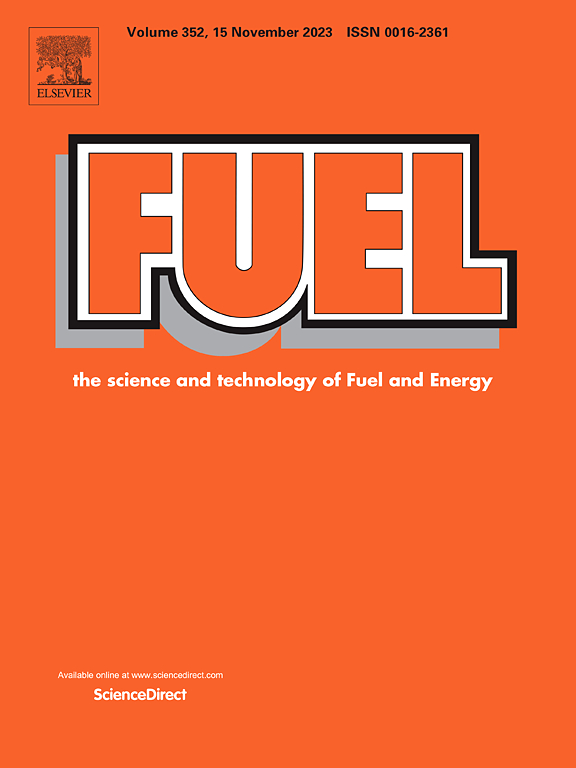The highly efficient visible-light-induced photoactivity of novel Cu2CdSnS4/Pt/g-C3N5 ternary heterojunction with enhanced photocatalytic methylene blue degradation and hydrogen production
IF 6.7
1区 工程技术
Q2 ENERGY & FUELS
引用次数: 0
Abstract
We have synthesized a novel Z-scheme Cu2CdSnS4/Pt/g-C3N5 ternary heterojunction with different amounts of Pt by the photo-deposition-hydrothermal method for photocatalytic performance. As a result of the fast electron-hole recombination and the insufficient absorption of solar light, Cu2CdSnS4/Pt/g-C3N5 retains its best photocatalytic activities. It has been possible to characterize Cu2CdSnS4/Pt/g-C3N5 heterojunction photocatalysts, which are composed of Cu2CdSnS4 and Pt/g-C3N5 nanosheets, using different techniques. It was found that the final composite Cu2CdSnS4/Pt/g-C3N5 heterojunction produced 6482μmol g−1 hydrogen 3 h under visible light irradiation, which was 54 times higher than the pristine g-C3N5 heterojunction and 11 times higher than the pristine Cu2CdSnS4 heterojunction. The sacrificial electron donors triethanolamine (TEOA) and methanol produced higher hydrogen evolution rates than glycerol 3958μmol g− 1 while exhibiting longer photostability of 6482μmol g− 1 and 5684μmol g− 1, respectively. It was found that the final sample Cu2CdSnS4/Pt/g-C3N5 heterojunction photocatalysts displayed excellent photocatalytic activity for the degradation of methylene blue (MB) to pristine g-C3N5. There is an increase in degradation rate over pristine g-C3N5 (R2 = 0.916) with composite Cu2CdSnS4/Pt/g-C3N5. In this study, heterojunction photocatalysts have been demonstrated to have excellent photocatalytic MB degradation and hydrogen production.
求助全文
约1分钟内获得全文
求助全文
来源期刊

Fuel
工程技术-工程:化工
CiteScore
12.80
自引率
20.30%
发文量
3506
审稿时长
64 days
期刊介绍:
The exploration of energy sources remains a critical matter of study. For the past nine decades, fuel has consistently held the forefront in primary research efforts within the field of energy science. This area of investigation encompasses a wide range of subjects, with a particular emphasis on emerging concerns like environmental factors and pollution.
 求助内容:
求助内容: 应助结果提醒方式:
应助结果提醒方式:


